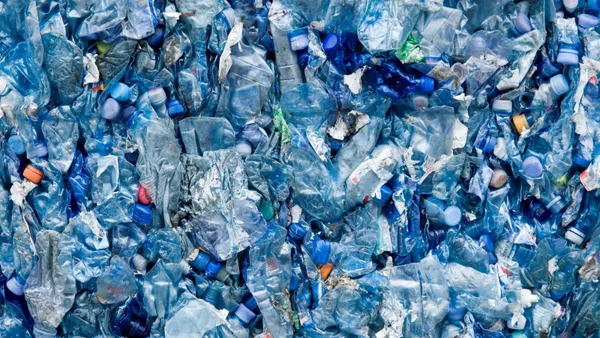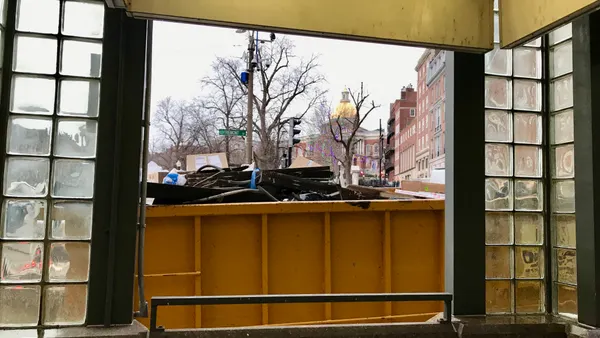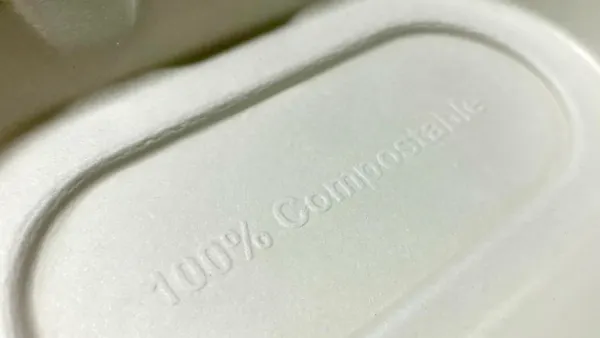Dive Brief:
- According to Minnesota Pollution Control Agency (MPCA) data, Minnesotans are diverting about one-third more waste from landfills than 10 years ago, though they are tossing more plastic film, as reported by the Star Tribune. Of the 382 pounds of landfilled or incinerated plastic film in 2015 (representing an increase from 48 pounds per person to 70 pounds since 1996), almost half were retail plastic bags.
- Additional recyclable items that are finding their way into landfills more than before are rigid plastic containers like beverage bottles and shampoo bottles—though more of them are also being recycled.
- Other findings from the MPCA data collection include
- A two-thirds decline in landfilled newsprint and a decline in recycling rates of these materials from 82 pounds to 59 pounds per person since 1996.
- More magazines have been recycled than landfilled.
- An 18% increase in recycled materials of all kinds and paper of all types comprise more than half of those materials.
Dive Insight:
Data can be hard to interpret in order to decipher trends. For instance some materials may be taking up less landfill space simply because there’s less of them, as in the case of paper, where production has dramatically declined as digital technology drives demand for paper down.
However the climbing number of plastic bags seems a little surprising considering that most grocery stores across the country have huge, clearly marked receptacles for them. This pattern exemplifies the need to make clear the importance of using these containers, as well as to be sure people know of other flexible film products that can be tossed in with the bags, which would basically be any film made of polyethylene.
Robust recycling efforts that involve more than putting out bins, but also an educational component and clear signage, seem to do well to increase diversion. The aim of such efforts is also to see that these hard-to-process films don't end up in mainstream recycling facilities where they gum up equipment but rather make it to the few specialized converters who have the infrastructure to turn them into demanded commodities like decking and fences.








